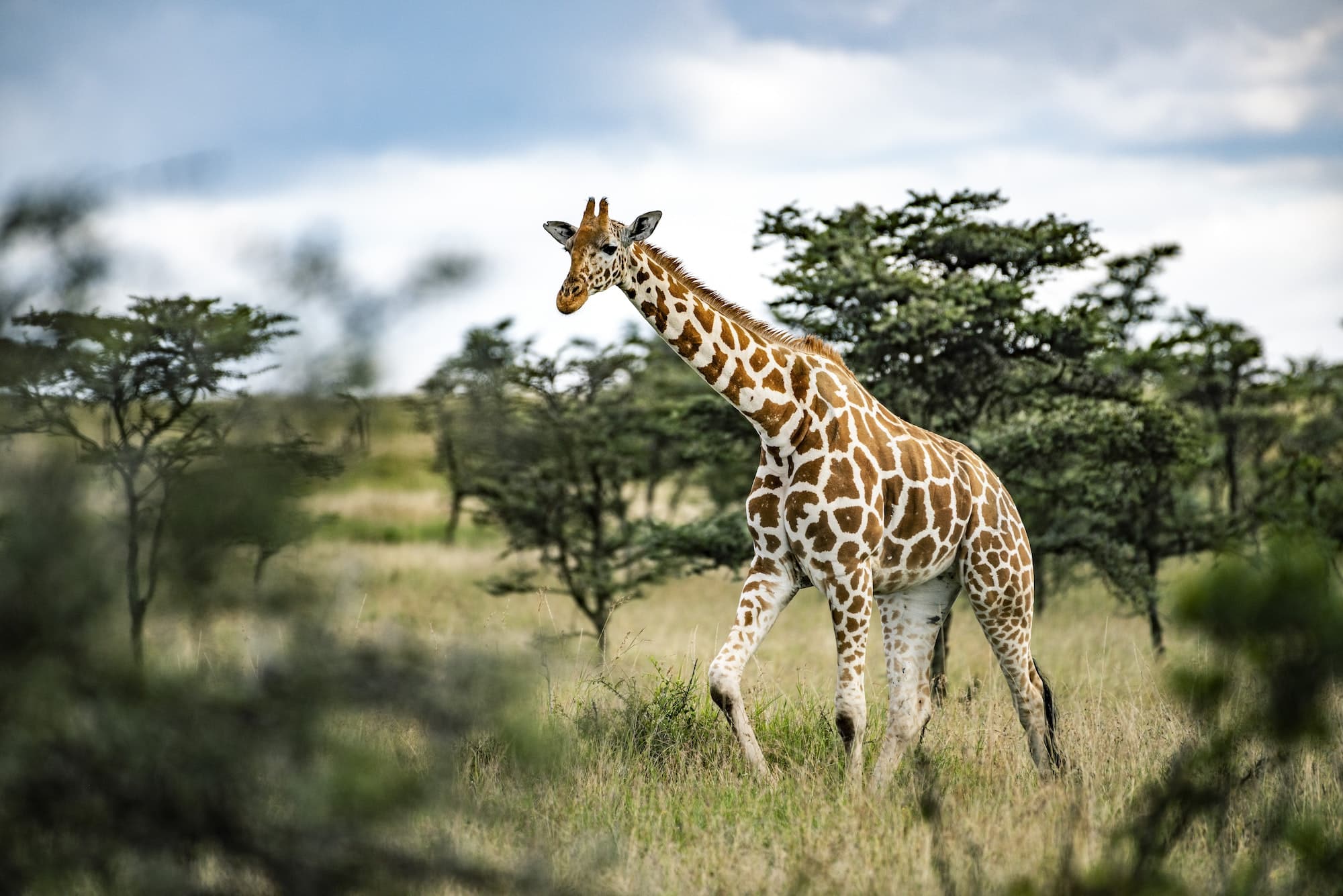Murchison Falls National Park
Situated in northwestern Uganda, is the largest national park in the country, spanning approximately 3,840 square kilometers (1,480 square miles). It’s named after the breathtaking Murchison Falls, where the Nile River funnels through a narrow gorge, creating a powerful waterfall. The park is renowned for its diverse wildlife, including elephants, lions, giraffes, hippos, and a variety of bird species.
Queen Elizabeth National Park
Covering approximately 1,978 square kilometers (764 square miles), is located in southwestern Uganda. It’s characterized by diverse ecosystems, including savannah grasslands, wetlands, and forests. The park is famous for its tree-climbing lions, as well as its large population of hippos and elephants. Visitors can also enjoy boat cruises along the Kazinga Channel, which connects Lake George and Lake Edward.
Bwindi Impenetrable National Park
Spanning around 331 square kilometers (128 square miles), is renowned for its population of endangered mountain gorillas. Located in southwestern Uganda, the Bwindi impenetrable national park is one of the few places in the world where you can do gorilla treks through dense, ancient forests to observe these magnificent creatures in their natural habitat.
Kibale National Park
Occupying roughly 795 square kilometers (307 square miles), is situated in western Uganda. It’s most famous for its population of habituated chimpanzees, offering visitors the opportunity to track these primates through the forest. Kibale is also home to a diverse array of other primates, including red colobus monkeys and L’Hoest’s monkeys.
Semuliki National Park
Covering approximately 220 square kilometers (85 square miles), is located in western Uganda, near the border with the Democratic Republic of Congo. This relatively small park is characterized by lowland tropical rainforests and is home to numerous bird species, including the elusive Congo serpent eagle.
Mount Elgon National Park
Encompasses about 1,110 square kilometers (430 square miles) and straddles the border between Uganda and Kenya. The park is centered around Mount Elgon, an extinct volcano with the largest surface area of any extinct volcano in the world. Visitors to the park can enjoy hiking trails, stunning waterfalls, and unique flora and fauna.
Rwenzori Mountains National Park
Covers roughly 996 square kilometers (385 square miles) in western Uganda. This park is famed for its dramatic mountain scenery, including snow-capped peaks, glaciers, and alpine meadows. It’s also home to a diverse range of plant and animal species, including several endemic species found only in the Rwenzori Mountains.
Lake Mburo National Park
Spanning about 370 square kilometers (140 square miles), is located in western Uganda. The park is named after Lake Mburo, one of the park’s five lakes. It’s the only national park in Uganda where you can see zebras, and it’s also home to other wildlife such as impalas, hippos, and crocodiles.
Mgahinga Gorilla National Park
Occupies around 33.7 square kilometers (13 square miles) in southwestern Uganda, near the borders with Rwanda and the Democratic Republic of Congo. Despite its small size, the park is an important habitat for mountain gorillas, as well as golden monkeys.
Kidepo Valley National Park
Approximately 1,442 square kilometers (557 square miles) in size, is located in the remote northeastern corner of Uganda. It’s renowned for its vast savannah landscapes, diverse wildlife, and unique cultural experiences with the local Karamojong people. Kidepo is often considered one of Africa’s last wilderness areas due to its rugged, untouched beauty and low tourist numbers.




